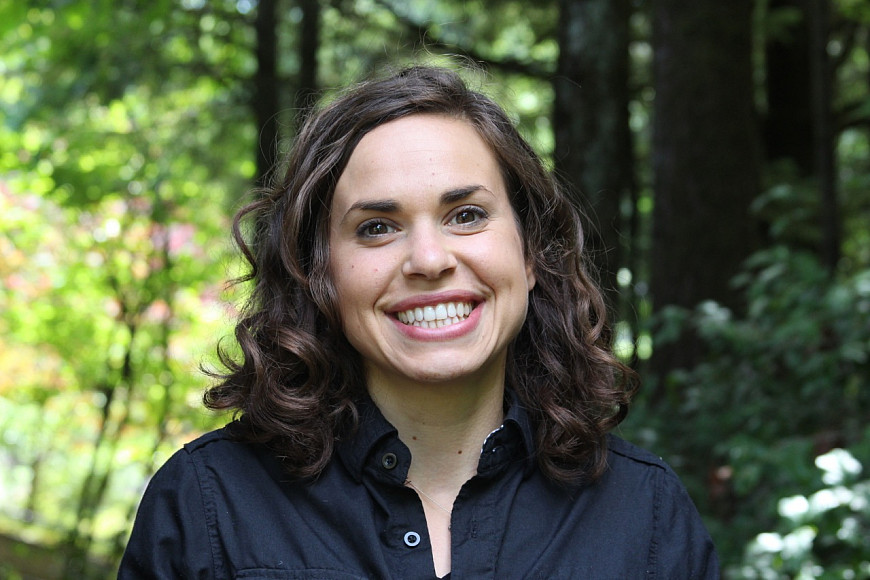Community Solar Introduction
The first in a four-part series on community solar, this post describes the basic elements of community solar. Later posts will describe existing community solar models, describe projects and obstacles in Oregon, and propose how Oregon can further incentivize community solar.

Part 1: A Brief Introduction to Community Solar
Even in notoriously overcast Portland, Oregon, the sun’s energy is extraordinarily powerful. A recent article in Forbes noted that the rapidly falling costs of solar and access to better technologies for evaluating rooftop solar feasibility and battery storage are leading to increased efficiency at lower prices. Even the more conservative estimates anticipate a 128-fold increase in solar energy production over the next 20 years.
Does this progress mean that with better, more affordable technology rooftop solar panels will become as ubiquitous as satellite dishes or chimneys? Unfortunately, the answer is no. Due to ownership, shading, and structural impediments, a National Renewable Energy Laboratory (NREL) study estimated that only 22 to 27% of residential rooftop area is suitable for hosting on-site photovoltaic (PV) systems. For the 73 to 78% of people who are unable to install their own PV arrays, community solar potentially offers a unique opportunity to either provide financial support for, or get power directly from, a centralized solar project.
How do community solar projects work? There are a number of different ways of setting them up, and next week’s blog with explore some examples. (For more on community solar designs, see the National Renewable Energy Laboratory’s guide to community solar.) But essentially community solar projects involve a centralized location that supports a single, commercial- or utility-scale PV array with many panels. Rather than supplying power to one business or one household, the array provides power to multiple participants who can all benefit.
The community solar structure will be an important component of any comprehensive solar energy adoption strategy for several reasons. First, community solar could provide many people who would otherwise be unable to procure solar energy (renters, those whose roofs receive too much shade, or those for whom purchasing or leasing an array is cost prohibitive) with the opportunity to do so. Second, community solar takes advantage of economies of scale. In other words, it brings down upfront costs because it involves one site—and therefore a single set of permits, feasibility studies, and other requirements—rather than several for a number of individual homes. Third, community solar reduces the area needed for construction, thereby reducing any potential environmental impact.
By casting a wider net and engaging a wider consumer base, community solar projects should become a key component to wide-scale deployment of renewable energy. The next posts in this series will explore community solar policies in greater detail, highlight some of the obstacles to community solar that remain, and offer suggestions for overcoming those obstacles.
More Green Energy Institute Stories

GEI Highlights the Best of 2024

Funding Building Decarbonization: Policy Options for Local Governments in Oregon
Green Energy is located in Wood Hall on the Law Campus.
email gei@lclark.edu
Director
Carra Sahler
Green Energy
Lewis & Clark Law School
10101 S. Terwilliger Boulevard MSC
Portland OR 97219